
Simulation of a hypothetical planet named Theia crashing into the early Earth 4.5 billion years ago
The first mystery that always puzzles every citizen of the earth, from scientists to children: where did the moon come from?
The prevailing theory is that the moon was created about 4.5 billion years ago when a Mars-sized planetary embryo crashed into the then-forming Earth.
The result of the fiery collision between the young Earth and the planetary embryo Theia ejected a huge amount of debris into space, leading to the appearance of the moon.
However, after decades of effort, scientists have yet to find evidence of Theia's existence in the space around the Earth.
A new US-led report published in the journal Nature suggests they may have been looking in the wrong direction.

Two mysterious blocks of material clinging to the inside of the Earth
At a depth of nearly 2,900 km underground, two giant and oddly shaped blocks of material have puzzled geologists since their existence was discovered following seismic waves in the 1980s.
Continent-sized chunks of material lie near the bottom of the mantle, with one chunk lying beneath Africa and the other beneath the Pacific Ocean .
Now, according to a new hypothesis, they may be the "buried remains" of the planetary embryo Theia, which is believed to have merged with Earth after a collision event billions of years ago.
If the above hypothesis is proven in future studies, earth scientists will finally solve two mysteries at once.
Source link


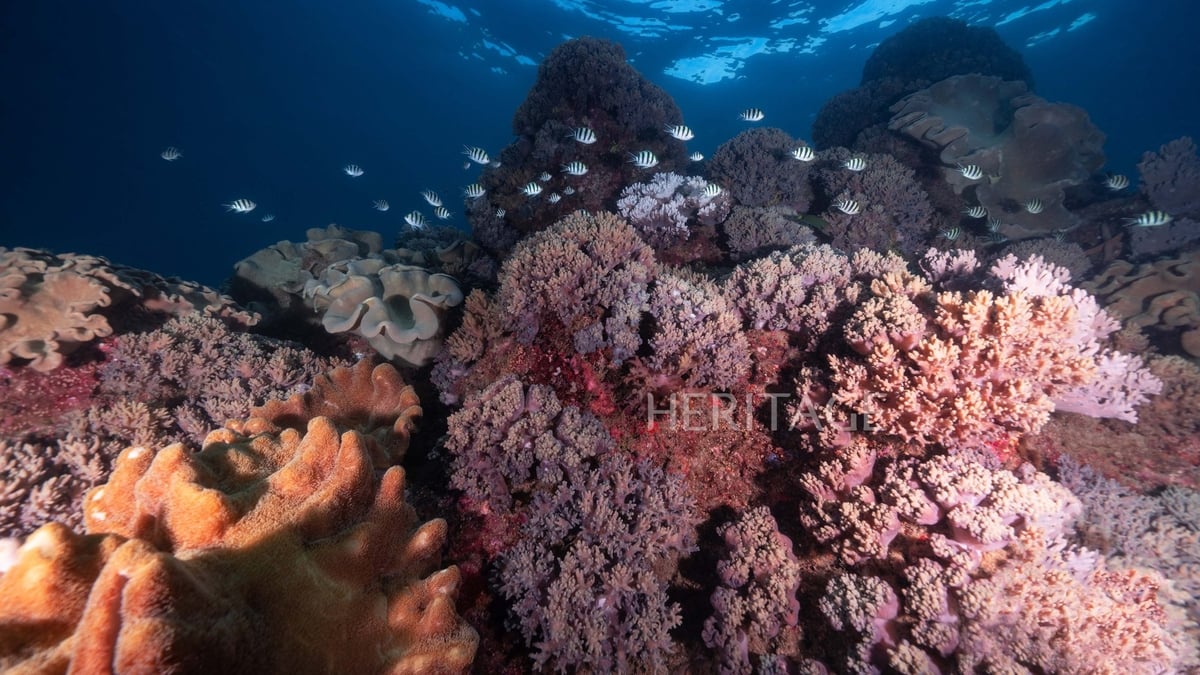



![[Photo] Prime Ministers of Vietnam and Thailand visit the Exhibition of traditional handicraft products](https://vphoto.vietnam.vn/thumb/1200x675/vietnam/resource/IMAGE/2025/5/15/6cfcd1c23b3e4a238b7fcf93c91a65dd)



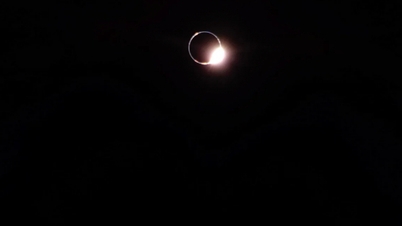


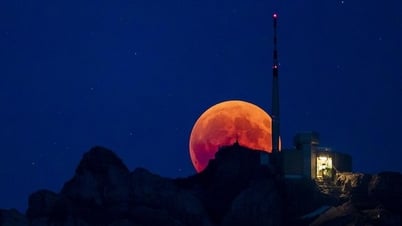


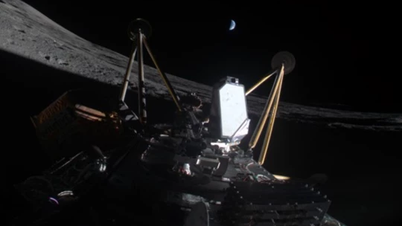

















![[Photo] National Assembly Chairman Tran Thanh Man meets with Thai Prime Minister Paetongtarn Shinawatra](https://vphoto.vietnam.vn/thumb/1200x675/vietnam/resource/IMAGE/2025/5/15/e71160b1572a457395f2816d84a18b45)




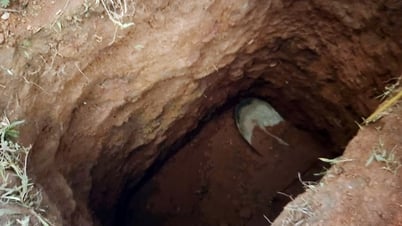




























































Comment (0)